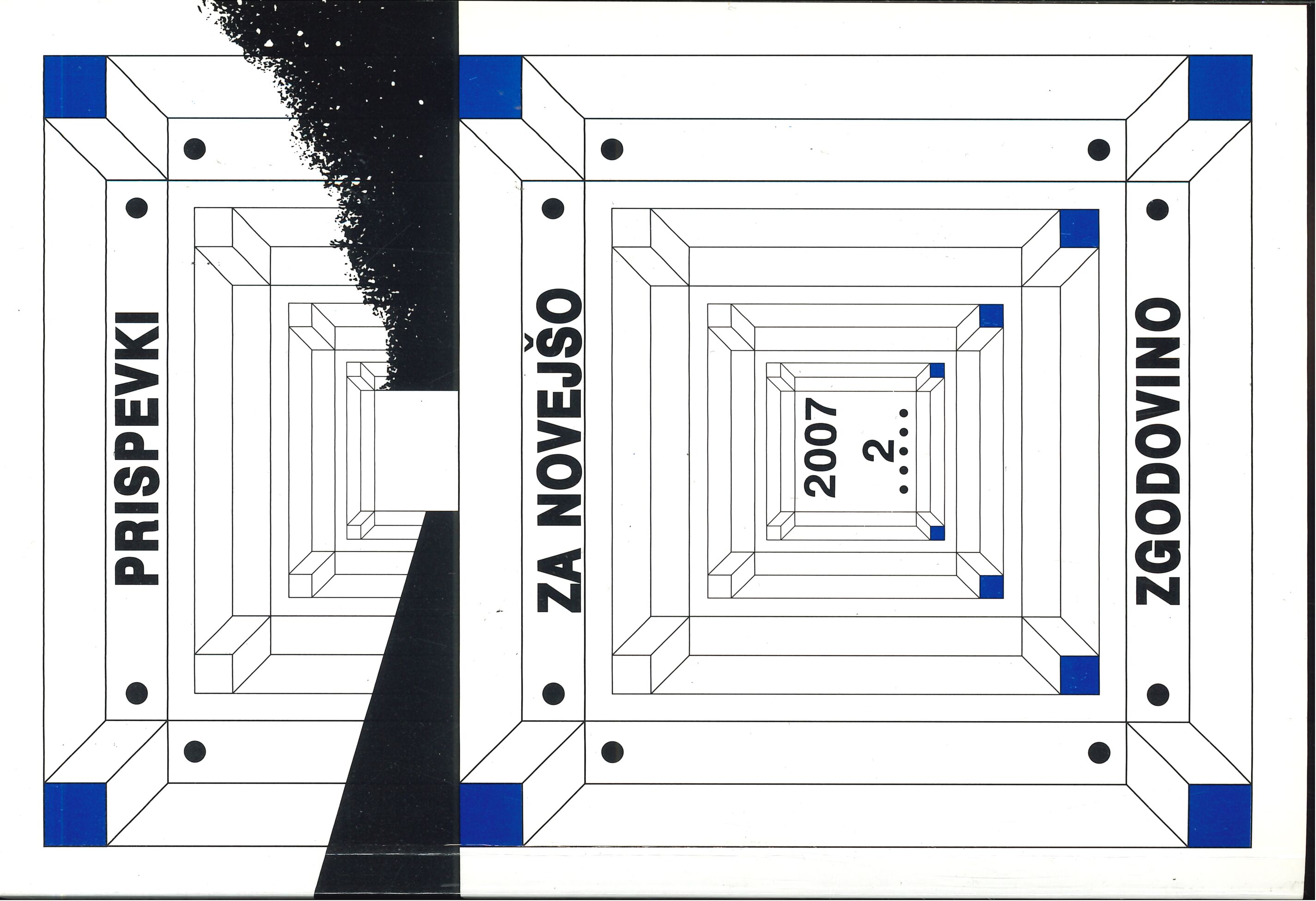ZDA in soška fronta
V interpretaciji New York Timesa in londonskega Timesa
Ključne besede:
1. svetovna vojna, Londonski pakt, Soška fronta, Kobarid, italijanska vojska, ZDA, obveščevalna dejavnost, italijanska okupacija slovenskega ozemljaPovzetek
Potek 12. soške bitke koncem oktobra 1917 leta oziroma ofenzive avstrijskih in nemških čet pri Kobaridu in strahovit poraz italijanske vojske ki ji je sledil, sta spremljala tudi posebna dopisnika londonskega Timesa in New York Timesa C. Ward Price in Perceval Gibbon. O dogajanju na italijanskem bojišču je zelo izčrpno poročal administraciji ZDA tudi ameriski poslanik v Rimu, Thomas Nelson Page. Analiza njihovih poročil je pokazala, da sta oba dopisnika pravočasno in celovito poročala o razmerah na fronti, kljub temu pa sta občasno nasedala lažnim preveč optimističnim informacijam, ki sta jih dobivala od visokih italijanskih generalštabnih častnikov. Interna poročila, ki jih je administraciji pošiljal v Washington poslanik Page so bila realna. Oba vodilna časopisa sta objavljala občasno tudi obsežne analize vojaškega položaja, ki so jih pripravljali neimenovani vojaški analitiki v Londonu in Washingtonu oziroma New Yorku. Omenjene analize so ustrezale dejanskemu stanju. Vojaški analitiki so namreč z veliko mero objektivnosti napovedovali tudi potek ofenzive. Če bi pred začetkom nemško-avstrijske ofenzive italiianska vojska udarila preko Krasa, bi po njihovem mnenju prek Ljubljane lahko vdrli v sam center monarhije. Slovensko ozemlje bi se v tem primeru spremenilo v eno sarno bojišče.
Prenosi
Objavljeno
Številka
Rubrika
Licenca
Avtorji prispevkov, objavljenih v tej reviji, soglašajo z naslednjimi pogoji glede avtorskih pravic:
- Avtorji ohranijo avtorske pravice, reviji pa odobrijo pravico do prve objave. Delo se hkrati zaščiti z licenco za prosto uporabo avtorskih del (Creative Commons Attribution License), ki drugim osebam omogoča deljenje dela ob priznanju avtorstva in prve objave v tej reviji.
- Avtorji lahko sklenejo ločene dodatne pogodbene dogovore za neizključno distribucijo različice dela, objavljene v reviji, (npr. oddaja v institucionalni repozitorij ali objava v knjigi) z navedbo, da je bilo delo prvič objavljeno v tej reviji.
- Pred postopkom pošiljanja in med njim lahko avtorji delo objavijo v spletu (npr. v institucionalnih repozitorijih ali na svoji spletnih strani), k čemer jih tudi spodbujamo, saj lahko to prispeva k plodnim izmenjavam ter hitrejšemu in obsežnejšemu navajanju objavljenega dela (glej The Effect of Open Access).


